Can Beef Be Wamred Up and Then Chilled Again
Essential things to know nearly reheating food
Tiptop tips for recooking nutrient safely
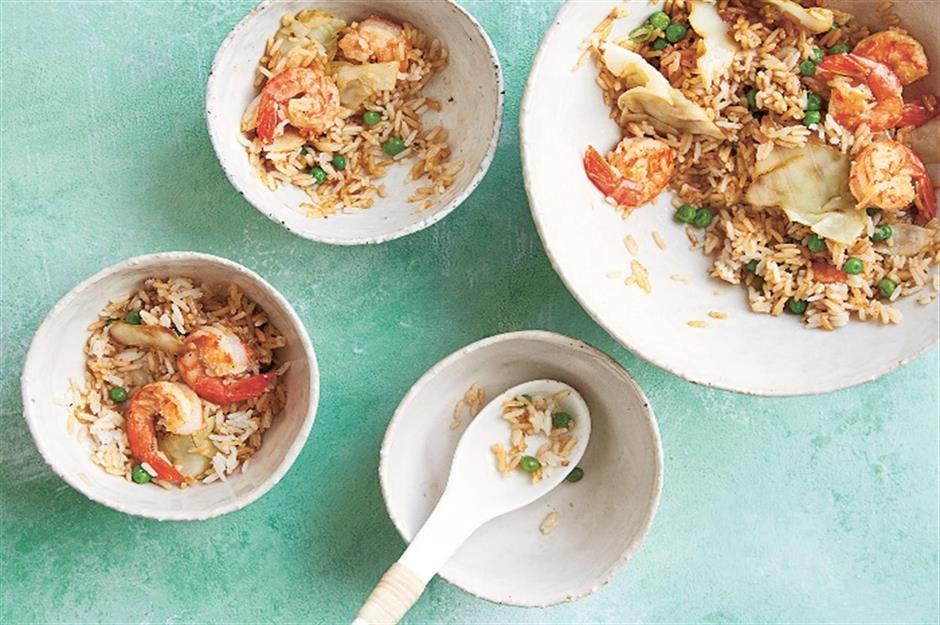
Reheating food safely is a serious business. Failure to reach the right temperatures or use the right techniques could result in a soggy dinner or, even worse, food poisoning. Follow these essential tips to get it correct every time.
Cooling leftovers is crucial
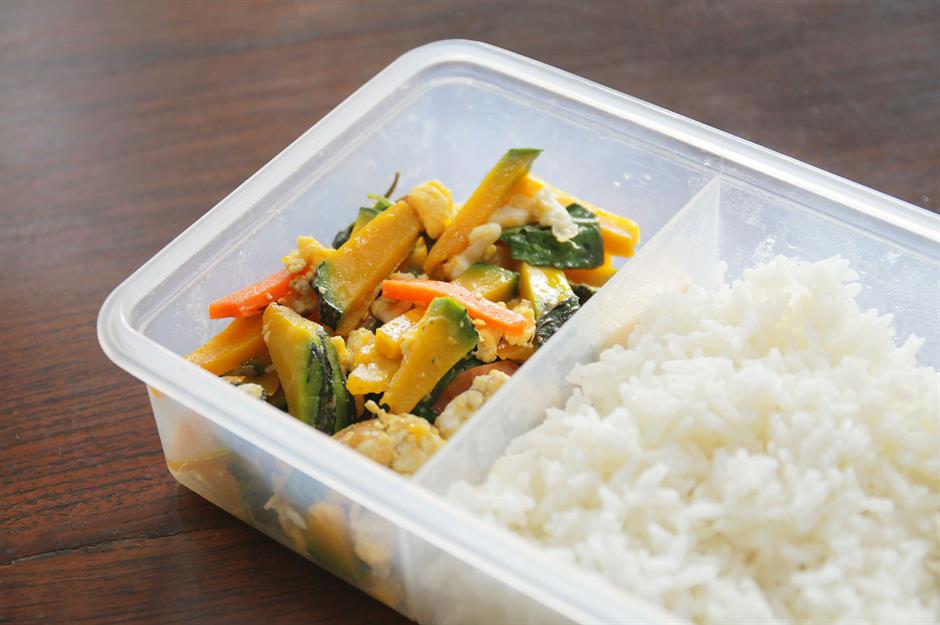
Cooling food apace after cooking is the key to safely reheating information technology later. Comprehend any leftovers and allow them to absurd for a maximum of 2 hours earlier storing them in the fridge. You lot can always divide up larger batches of foods, such as stews and soups, into shallow containers so the temperature decreases faster.
Proceed it hot for two minutes
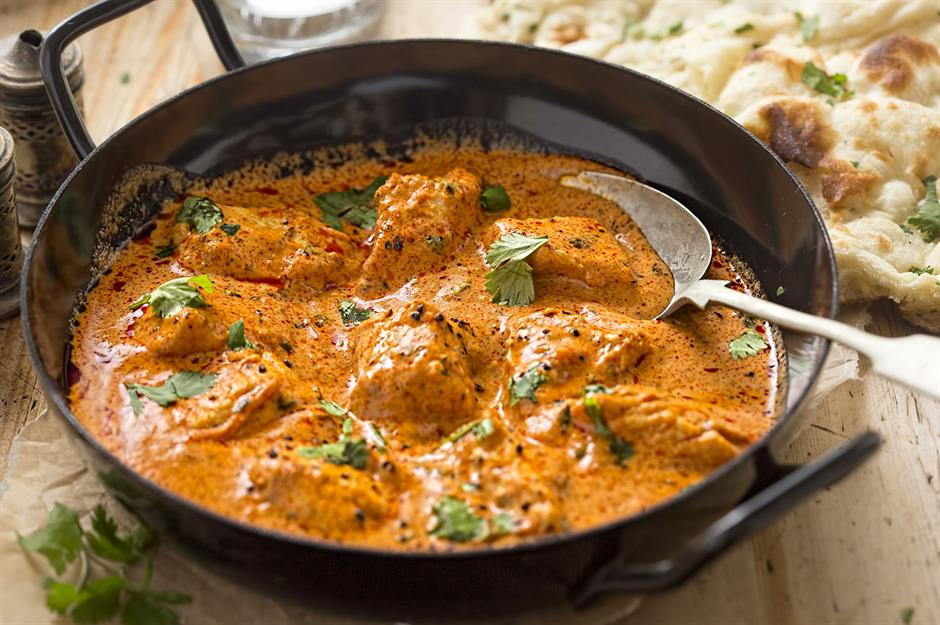
Bartosz Luczak/Shutterstock
Food should exist heated to an internal temperature of 70°C (158°F) and information technology must stay at this temperature for at least ii minutes. Cooking causes the proteins in any leaner to break up and the germs beginning to die at around 60°C (140°F).
Once is plenty
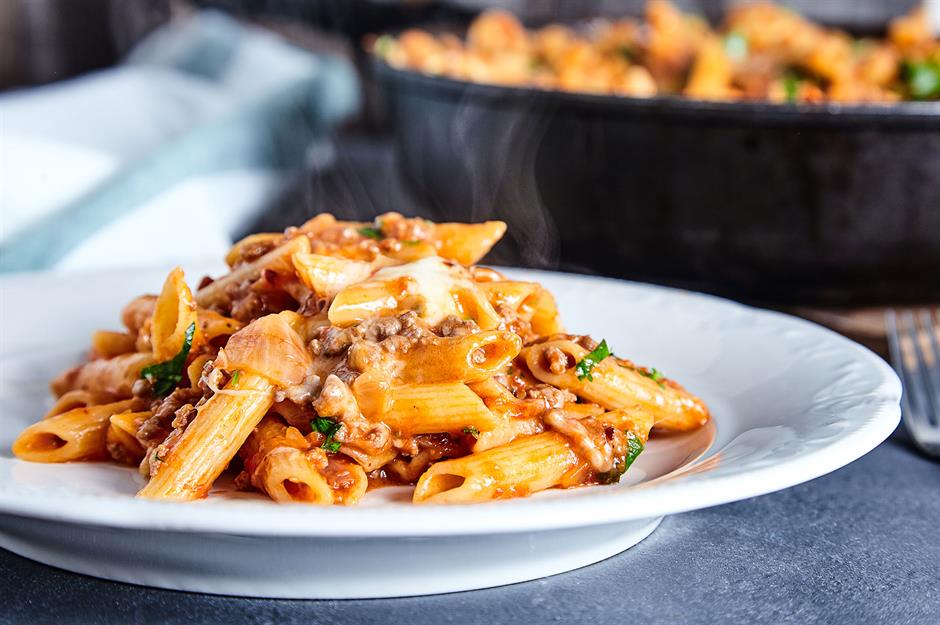
Olexiy Bayev/Shutterstock
Information technology's all-time to but reheat leftovers once, and so aim to heat up simply the amount yous need. While reheating dishes multiple times may heighten your gamble of food poisoning, it also reduces the season and nutritional content of your meal.
Nutrient should be pipage hot
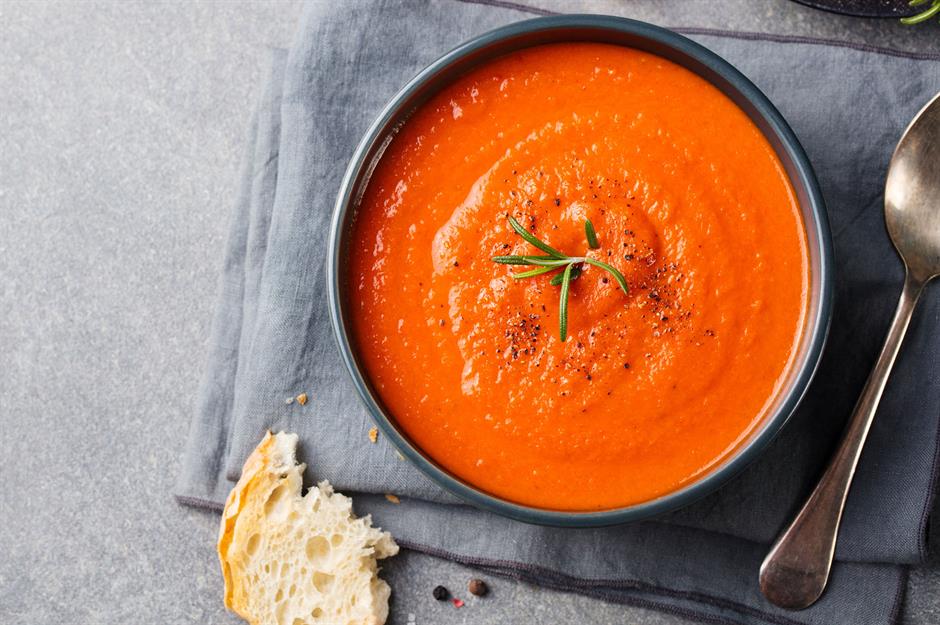
Anna_Pustynnikova/Shutterstock
Reheating means cooking again, non just warming through, as is the common misconception. Yous should ever reheat food until it is steaming hot throughout. Always serve reheated food immediately. Filibuster serving your repast and the risk of food poisoning increases significantly, as there is fourth dimension for harmful leaner to grow.
Get your oven up to temperature
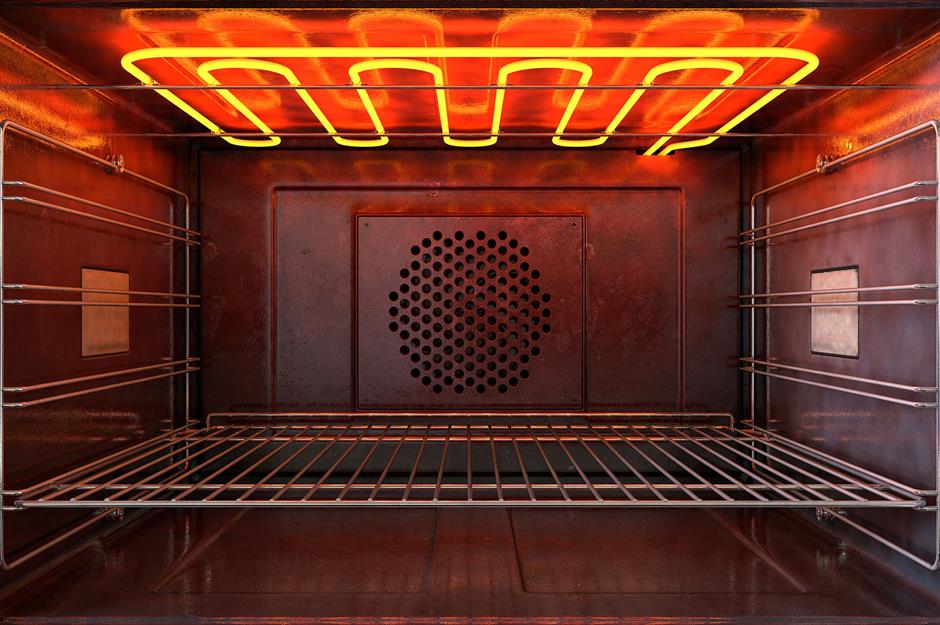
Inked Pixels/Shutterstock
Preheat your oven or grill fully before reheating. If yous skip this stride, your nutrient will not attain the right temperature quickly enough and it may non be safe to consume.
Employ a probe for accuracy
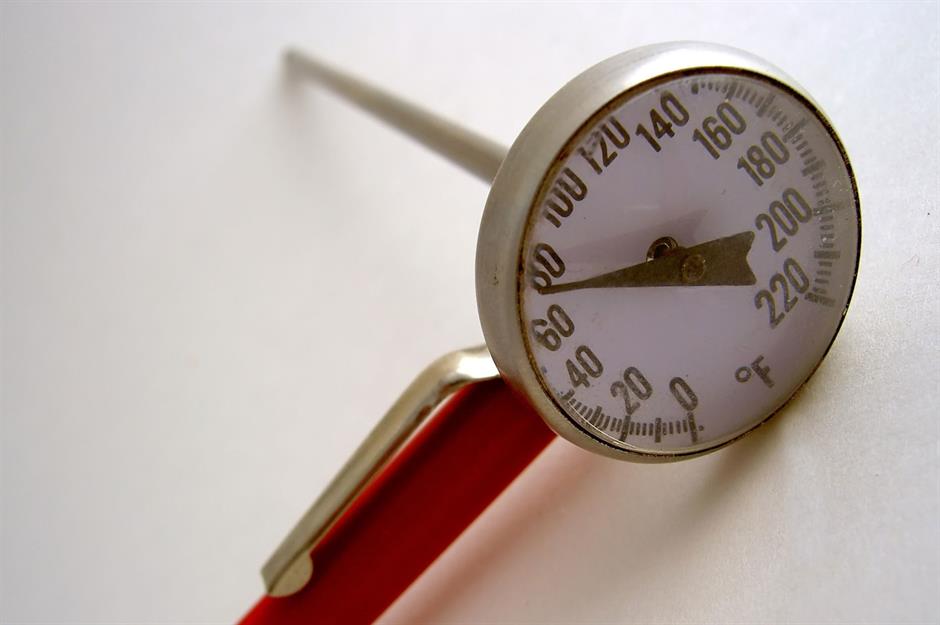
Randall Schwanke/Shutterstock
Utilise a thermometer to check that your food is fully reheated. Stick the instant-read probe into the thickest function of the nutrient to take the core temperature. This avoids all the guesswork and profoundly reduces the risk of contagion.
Thaw frozen nutrient carefully
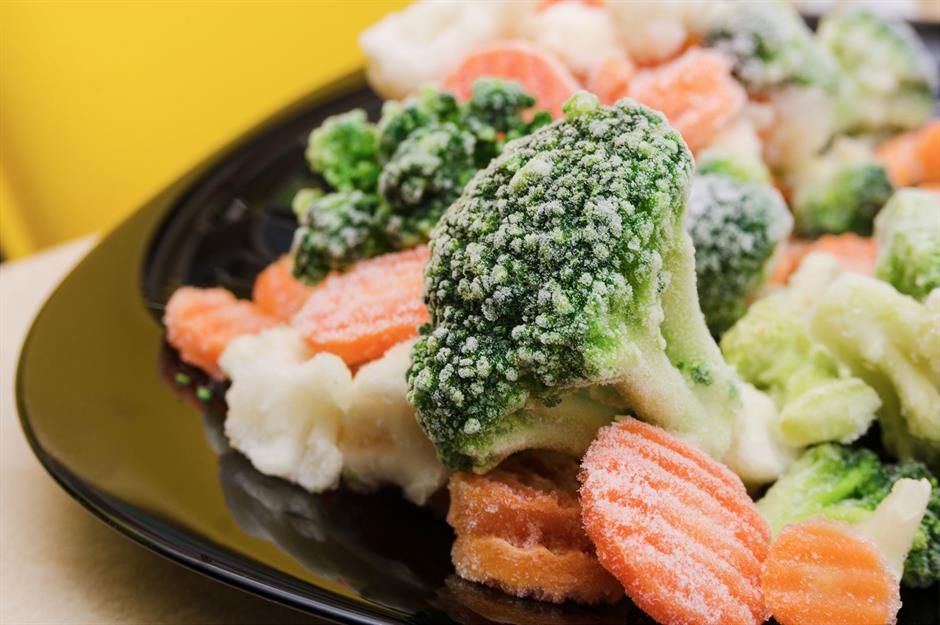
Don't defrost food at room temperature – it's best to leave frozen foods to thaw in the refrigerator overnight, because bacteria thrive when temperatures climb higher up viii°C (46.4°F). If y'all're short on time and then utilise the defrost setting on your microwave, before reheating thoroughly on a college setting. Remember that some items, like that huge Christmas or Thanksgiving turkey, can take up to four days to thaw in the refrigerator. Read our guide to freezing fruit and vegetables for more than tips.
You can (sometimes) reheat from frozen
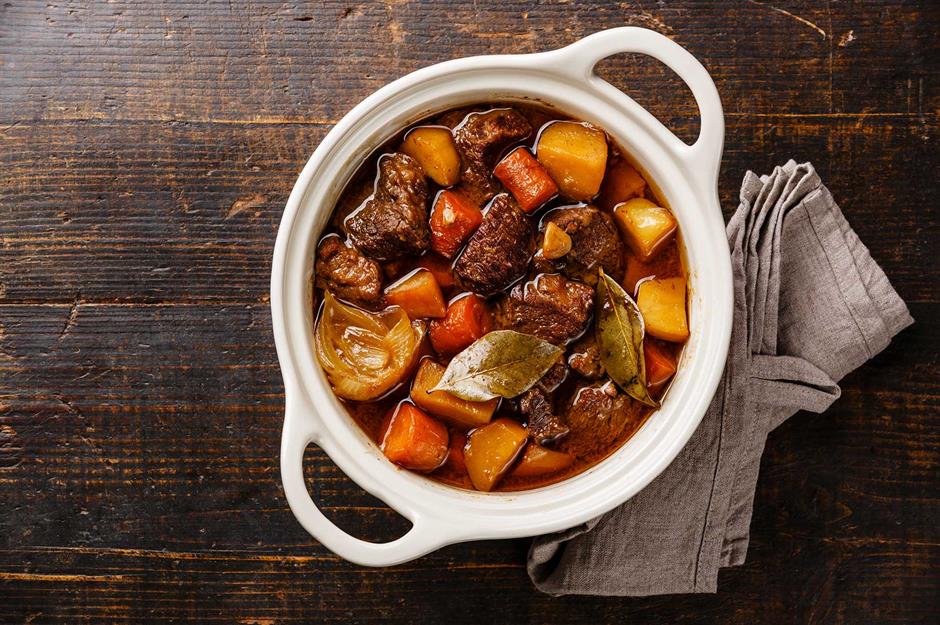
Natalia Lisovskaya/Shutterstock
While you admittedly shouldn't effort to cook a turkey from frozen, for some pre-cooked leftovers such equally portions of stews and soups, official advice from the USDA (United states Department of Agriculture Nutrient Safety and Inspection Service) says it's fine to reheat straight from the freezer. You lot can practise this in the oven, on the hob or in the microwave only it will, of grade, take longer than thawed foods. As e'er, check your nutrient is pipe hot and cooked evenly all the way through.
You can refreeze cooked meat
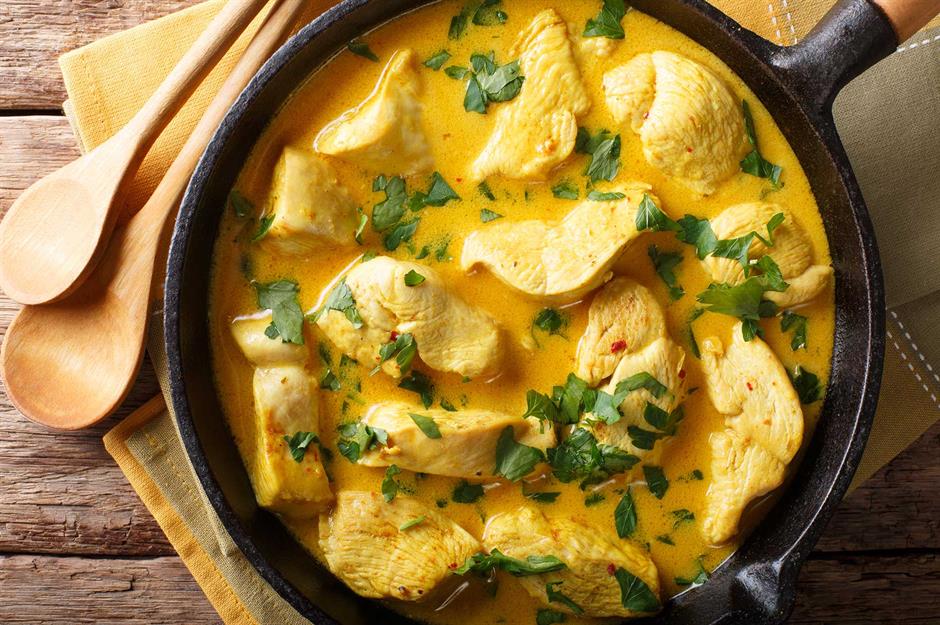
As Food studio/Shutterstock
Information technology is rubber to cook previously frozen but defrosted meat and then freeze the brand new repast you've made. For example frozen chicken tin be made into a curry or stew and then refrozen for an easy dinner on a busy winter weeknight. However, as with all meats you should only reheat the meal once and never refreeze any raw meat.
Cut upwards your nutrient for better results
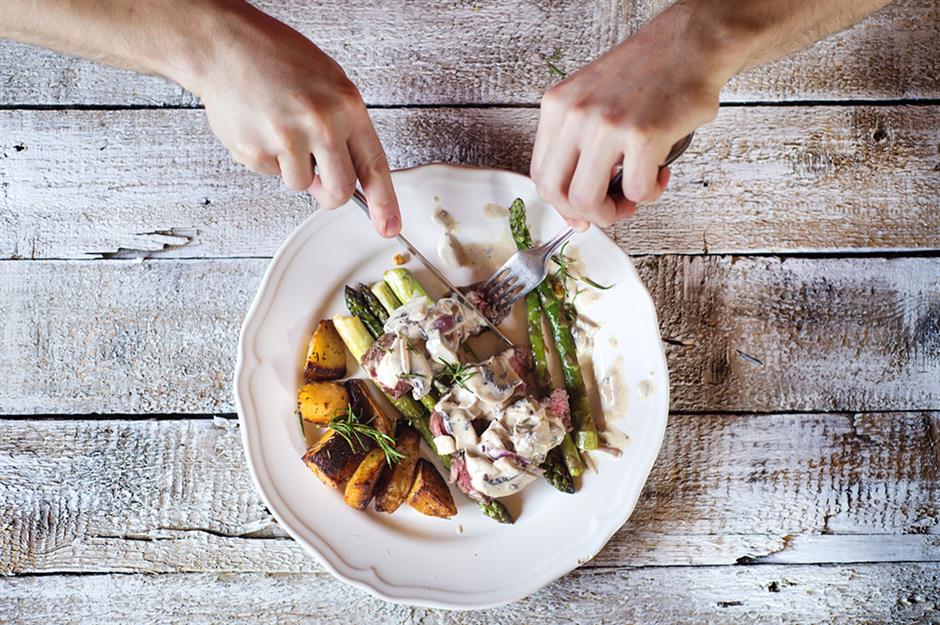
Cutting your food into modest, as sized pieces to help it reheat more quickly and evenly. Big chunks will take longer to reach a rubber temperature than smaller, bite-sized amounts.
Know when to apply the oven or the microwave
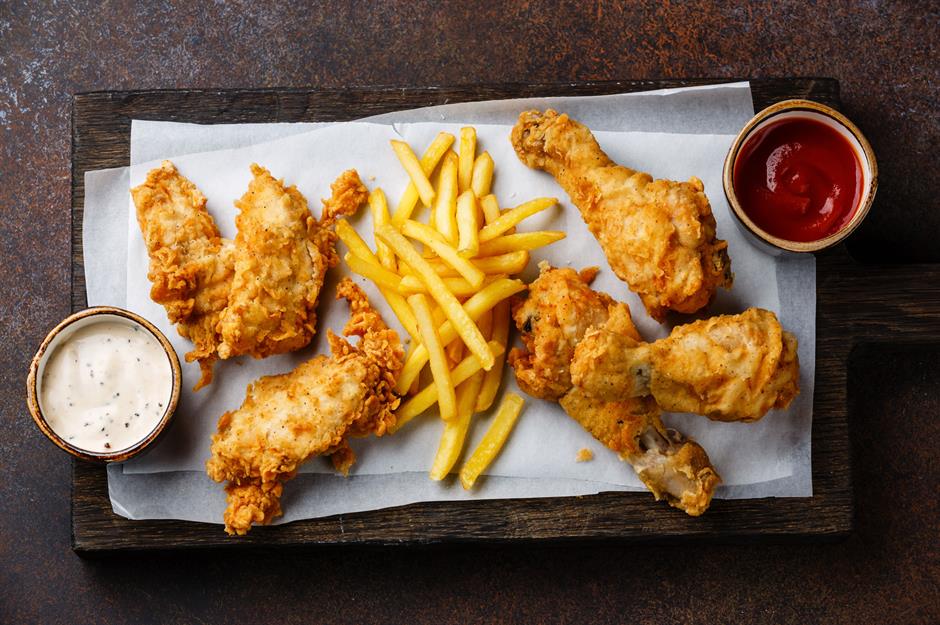
Lisovskaya Natalia/Shutterstock
As a full general dominion, use the same method to reheat the food as y'all used to cook it. Dishes such as chilli and back-scratch tend to reheat all-time in the microwave or on the stovetop, while dry, crisp foods, such as Southern-fried chicken, retain their texture best in the oven.
Slow and low or quick and hot
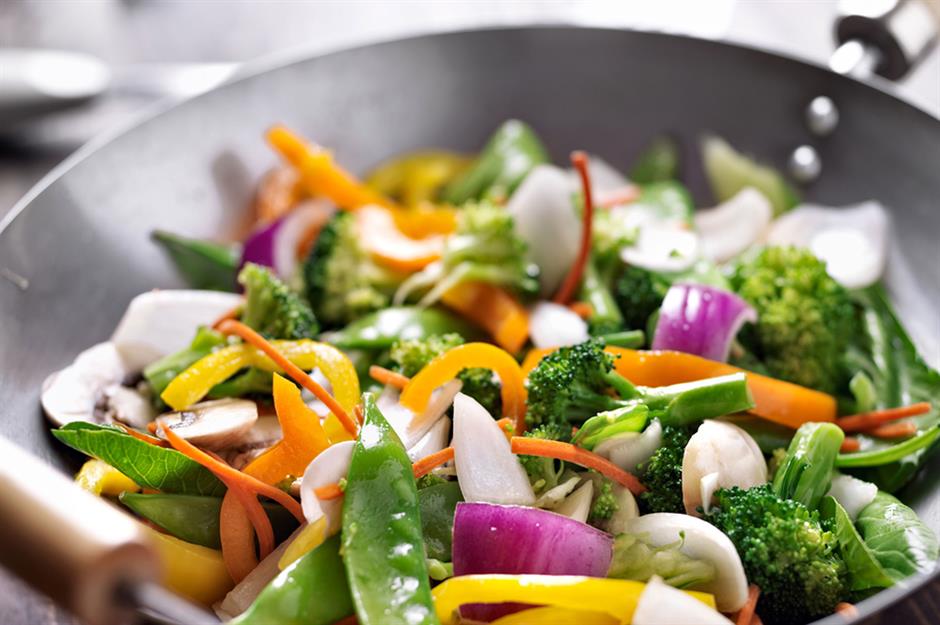
Joshua Resnick/Shutterstock
Take your time. Reheating food slowly helps retains its flavour and texture ameliorate than if you lot were to blast it in the microwave. That said, reheating your dish on a hot, loftier oestrus in a wok, frying pan or under the grill works wonders to crisp up shredded chicken or thinly sliced veg.
Keep it crispy
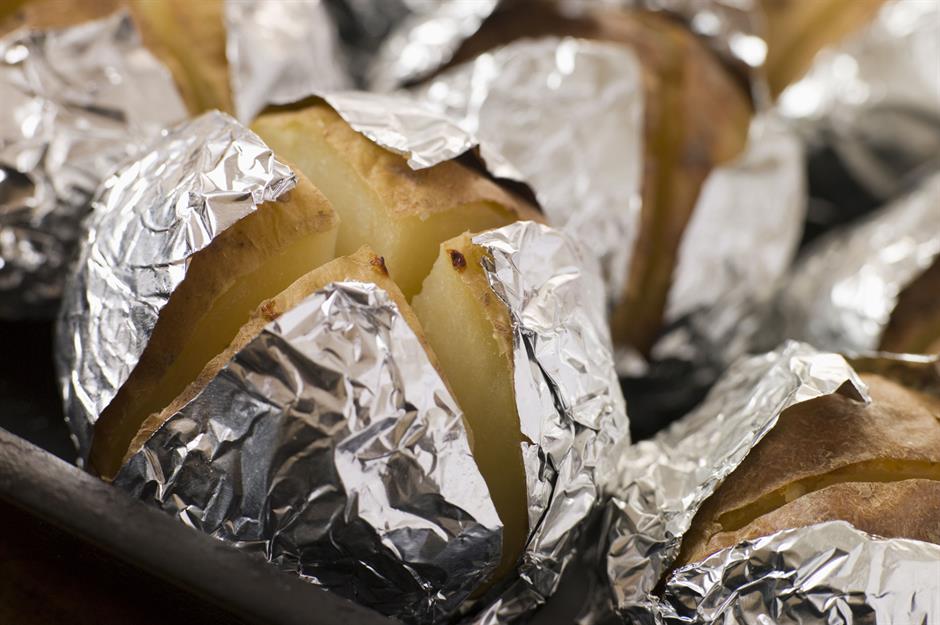
Monkey Business Images/Shutterstock
Foods that should exist crisp (such as the skin on a jacket potato or golden breaded chicken) reheat best on a lower temperature in the oven – around 170°C (340°F) should practice the trick. Do not wrap these foods also tightly in foil otherwise water volition become trapped, making your food soggy.
Divide upwardly your cooking
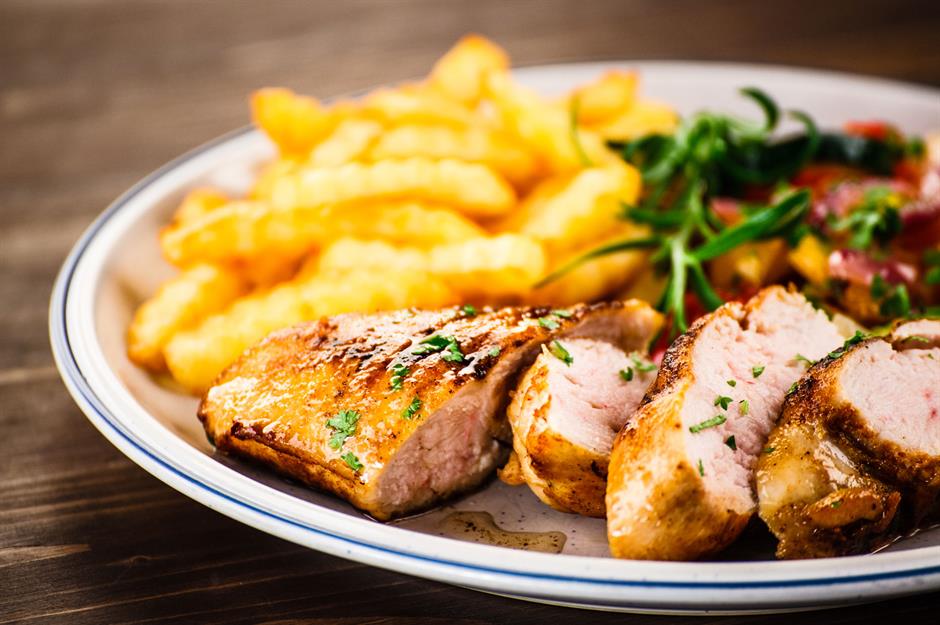
Jacek Chabraszewski/Shutterstock
In the microwave, heat foods of a like density at the same time. A big slice of meat volition of course take longer to reheat than small-scale, greenish vegetables for case. To avoid overcooking, reheat your food in stages, adding ingredients to the plate one pace at a time if necessary.
Assist make certain your food cooks evenly
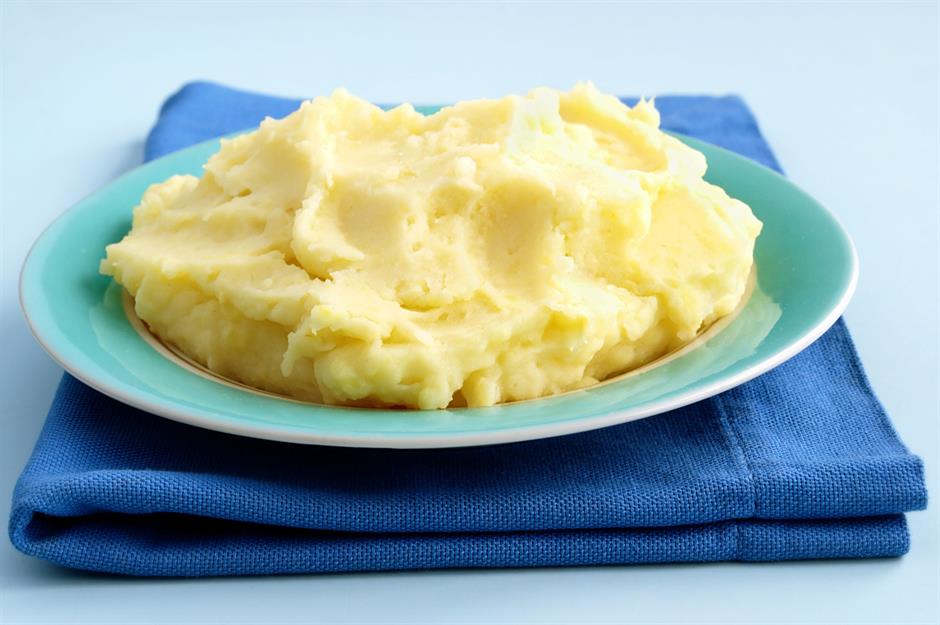
Before you pop your nutrient in the microwave, lay information technology out flat in the plate or bowl, ensuring a similar thickness throughout. This will assist the estrus travel through your dish evenly.
Add together stock for moisture

As Food studio/Shutterstock
Stop nutrient from drying out by adding a little actress water or stock during the reheating process. Stock besides adds a pleasing hit of flavour if you're reheating a bland dish like rice.
Try the ice cube trick
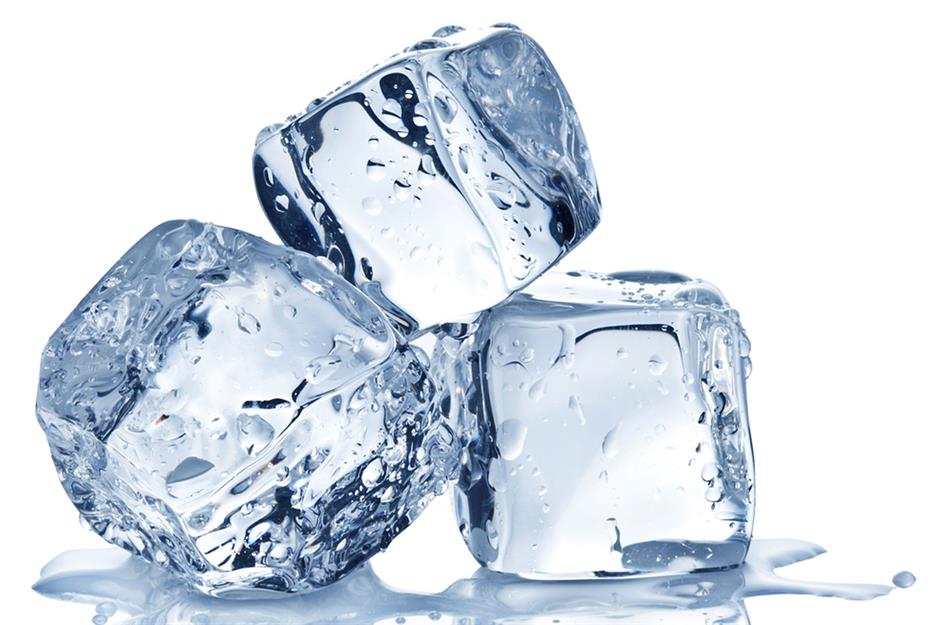
Valentyn Volkov/Shutterstock
Drib an water ice cube into your rice earlier reheating it in the microwave. This is an piece of cake way to assistance go along the grains moist when recooking. Of course, ensure it is pipe hot throughout before serving. For more, read our guide on how to cook perfect rice every time.
Ever cheque the food manufacturer's instructions
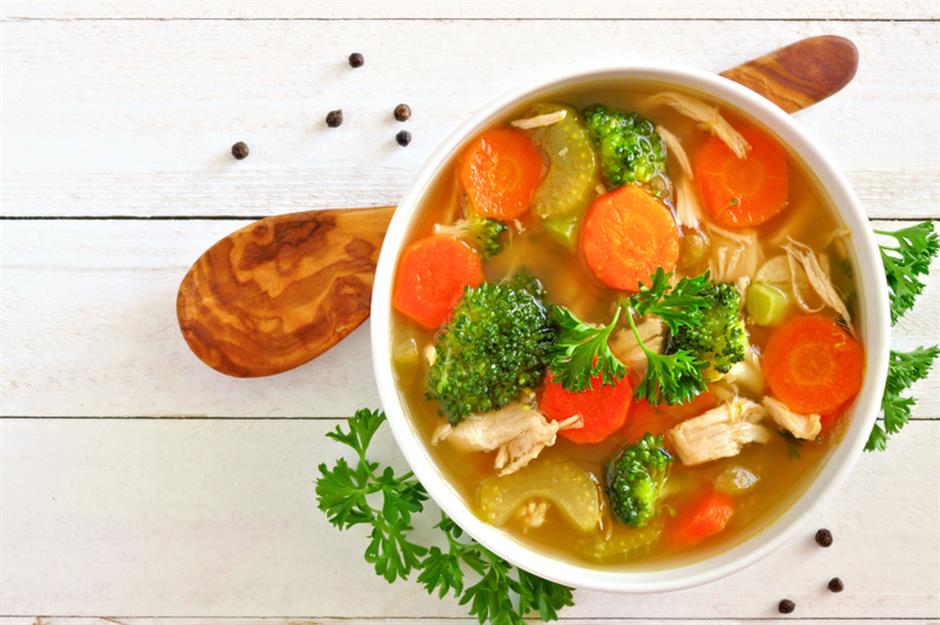
Always check nutrient labels in instance they include instructions for reheating after and follow them carefully if they exercise. Stir throughout heating if required (especially to avoid cold spots in sauces and soups) and allow the food to stand if instructed.
Wrap information technology upwards
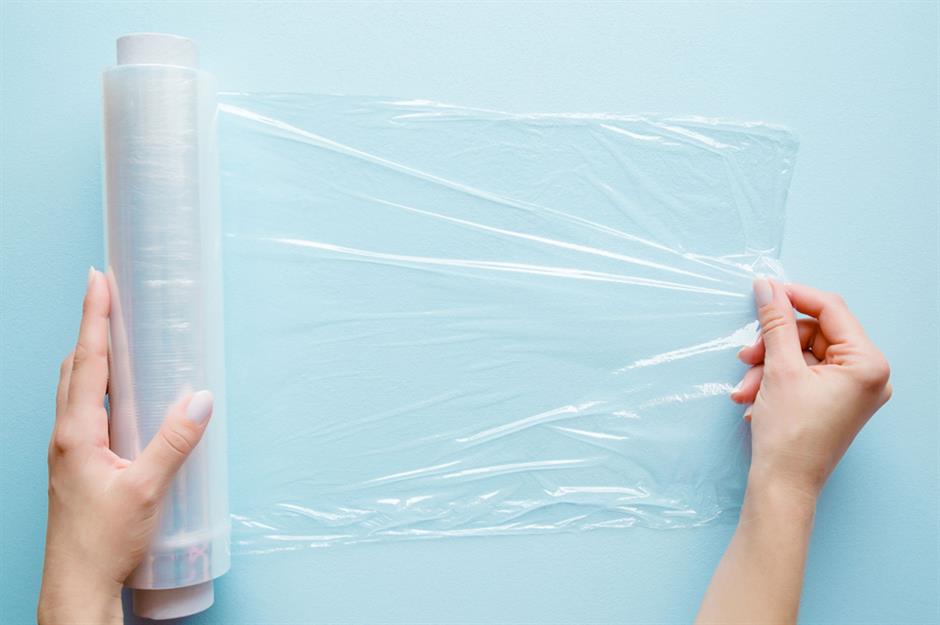
You can usually use clingfilm (plastic wrap) to reheat food in the microwave. It will stop your dish from drying out and is especially useful when reheating grains such as rice, or other foods that have a big surface area.
Exist careful when using clingfilm
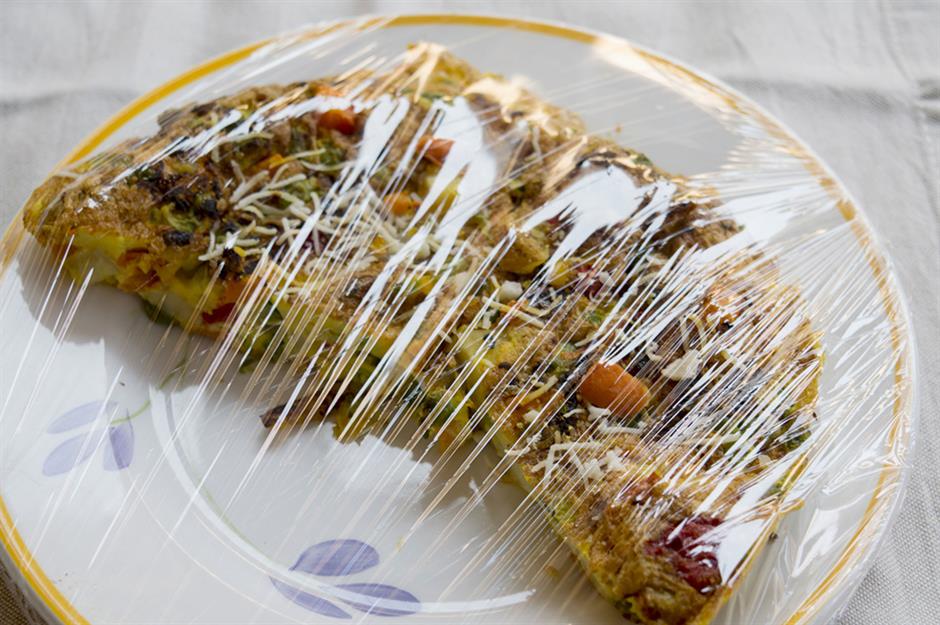
Salvomassara/Shutterstock
Yet, always check the product instructions before you use clingfilm (plastic wrap) in your microwave. Not all brands are suitable and some may melt, contaminating your meal. Fifty-fifty if the clingfilm you're using tin be safely heated, loosely embrace the plate and avoid contact with the nutrient while cooking to be on the safe side.
Keep nutrient moist with foil
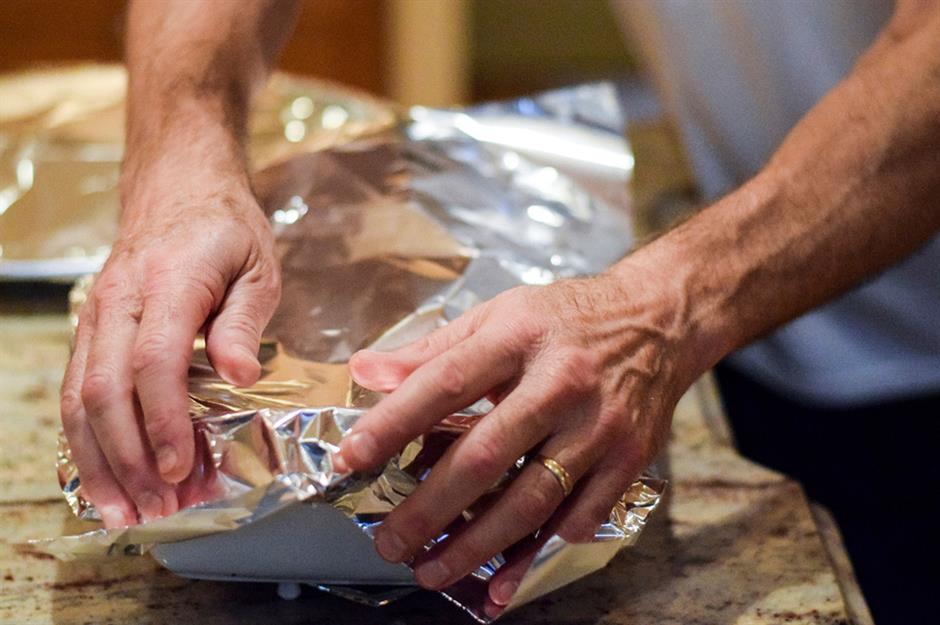
Cabeca de Marmore/Shutterstock
Needless to say, you should never employ foil in the microwave but when used in the oven, it can help reheated food retain its moisture. Embrace the dish loosely to allow plenty steam to escape. This ensures the food remains crisp where it should be too.
Remove the foil for crispy edges

Elena Shashkina/Shutterstock
Remove the foil covering your food halfway through reheating to let it to crisp up where necessary. This is a especially practiced trick for dishes with breadcrumbs or lots of cheese, such equally fish pie or pasta bake.
Get creative with your leftovers
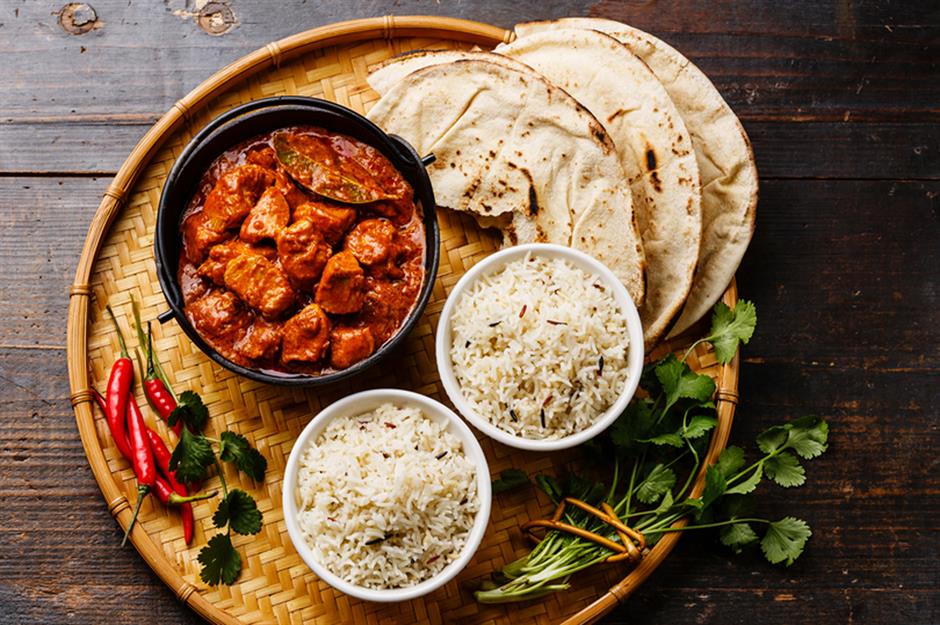
Lisovskaya Natalia/Shutterstock
You can cook leftovers similar chicken (whether cooked from frozen or fresh) or potatoes into new dishes such equally stir-fries and spicy curries, rather than eating them as they are. Calculation a sauce keeps nutrient moist and adds a kicking of flavour during the process of reheating.
How to reheat pasta

Goskova Tatiana/Shutterstock
Reheat pasta and sauce using a microwave-safe dish. Flatten out the pasta then it has an even thickness, cover with clingfilm (plastic wrap), ready the microwave to 50% power to avert overcooking, and melt for 3 to iv minutes depending on the serving size. If your pasta has a particularly generous corporeality of sauce, it may be easier to cook it through on the hob. Check the dish is hot all the way through before eating.
How to reheat pizza
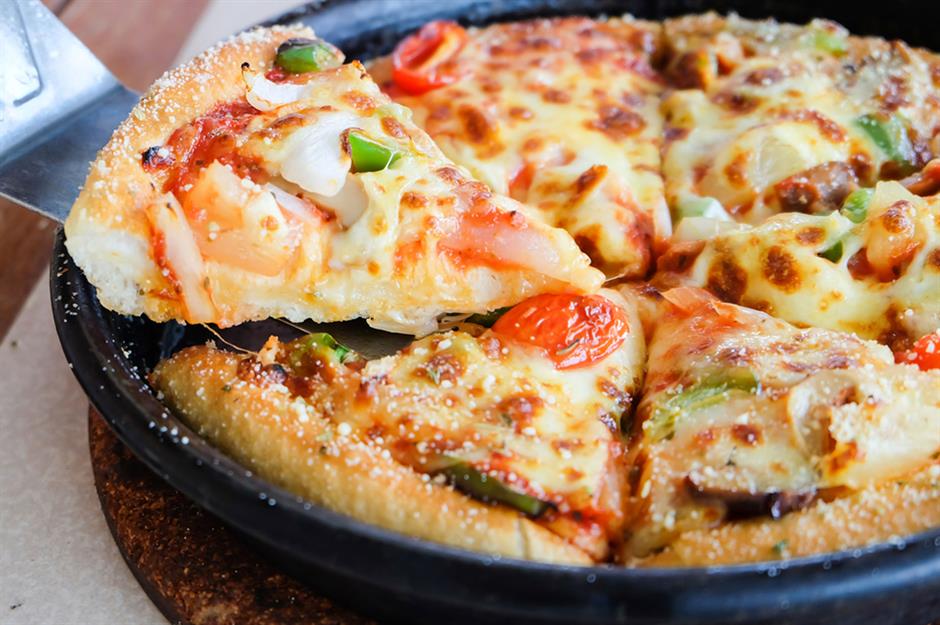
Pizza reheats surprisingly well in a dry out frying pan, especially a cast-iron skillet. Simply pre-heat the pan and driblet the pizza in. The hot pan will warm the crust through while keeping it crispy. Heat until the lycopersicon esculentum sauce is piping hot and the cheese is oozing.
How to reheat chicken
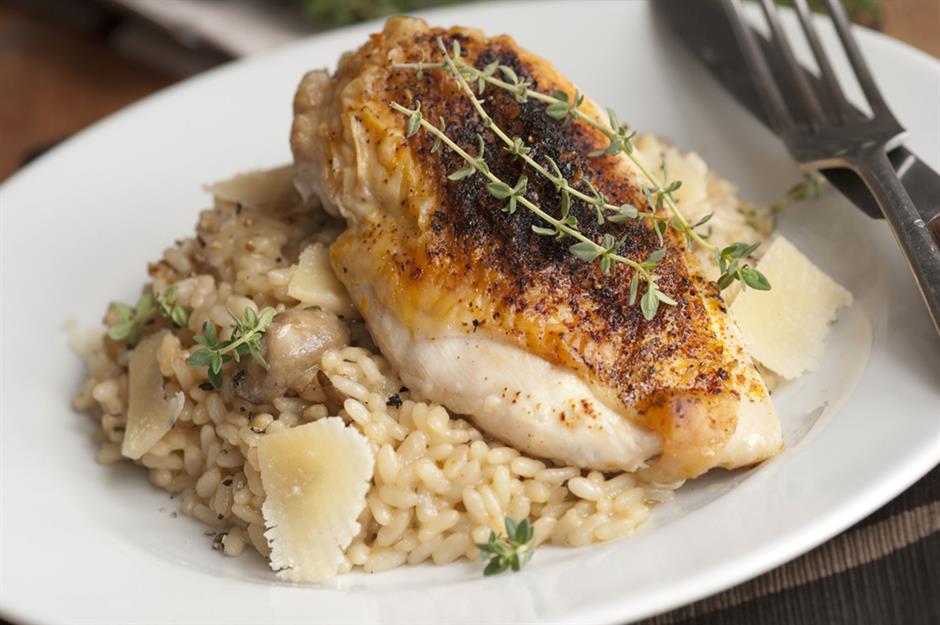
Martin Turzak/Shutterstock
Roast chicken tin be reheated as part of a new dish such as risotto or curry, or y'all can pan-fry it at a high heat to make it crispy. Your meat must be hot all the style through, with an internal temperature of at least 74°C (165°F). Chicken also reheats well covered in foil and placed in a medium oven.
How to reheat lasagne
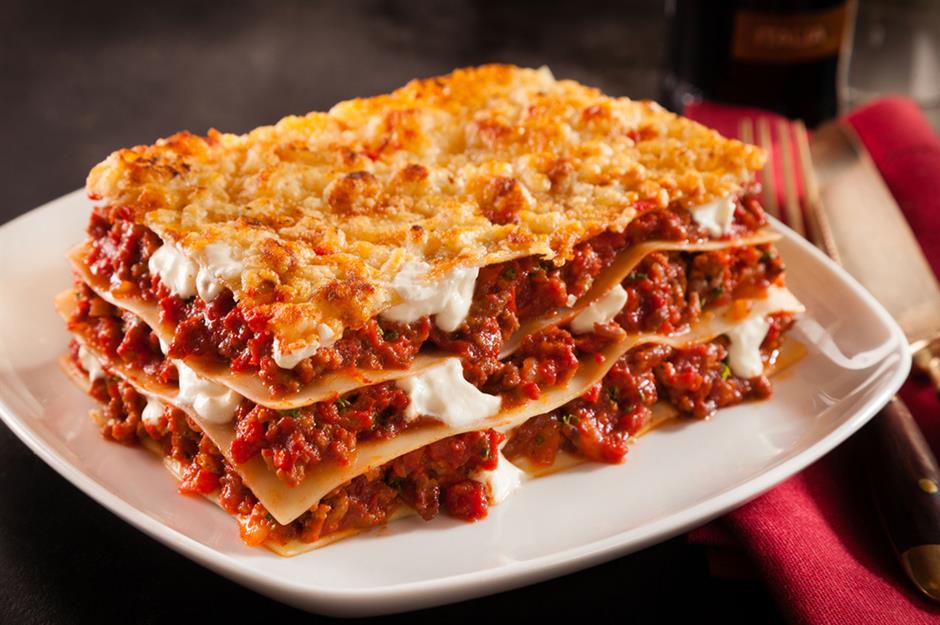
Stockcreations/Shutterstock
Lasagne reheats all-time in the oven, covered loosely with foil and baked at 160°C (320°F) until hot throughout. Remove foil in the final stages to crisp up the acme once again. Alternatively, you lot can encompass it with clingfilm (plastic wrap) and reheat in the microwave for quicker results.
How to reheat fish
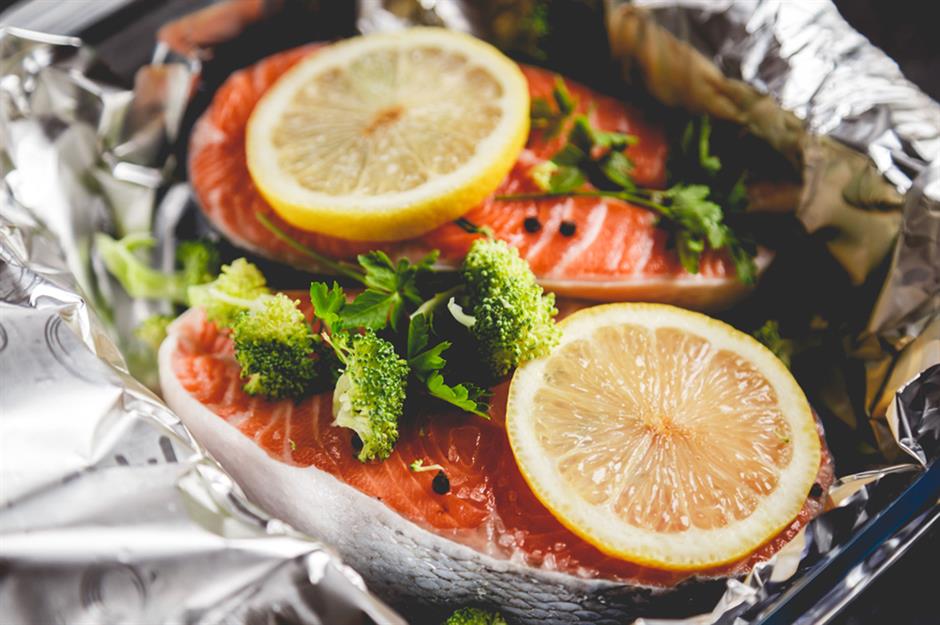
Fish tin easily overcook when reheated. If reheating a sparse, breaded piece of fish, you tin cook it under the grill until it's at the right temperature: 63°C (145°F). White fish is all-time recooked in a sauce to go along it moist, or wrapped loosely in foil and reheated in a low oven. At its best, the fish should easily chip when touched with a fork.
Best-e'er tips for cooking fish perfectly every time
How to reheat rice
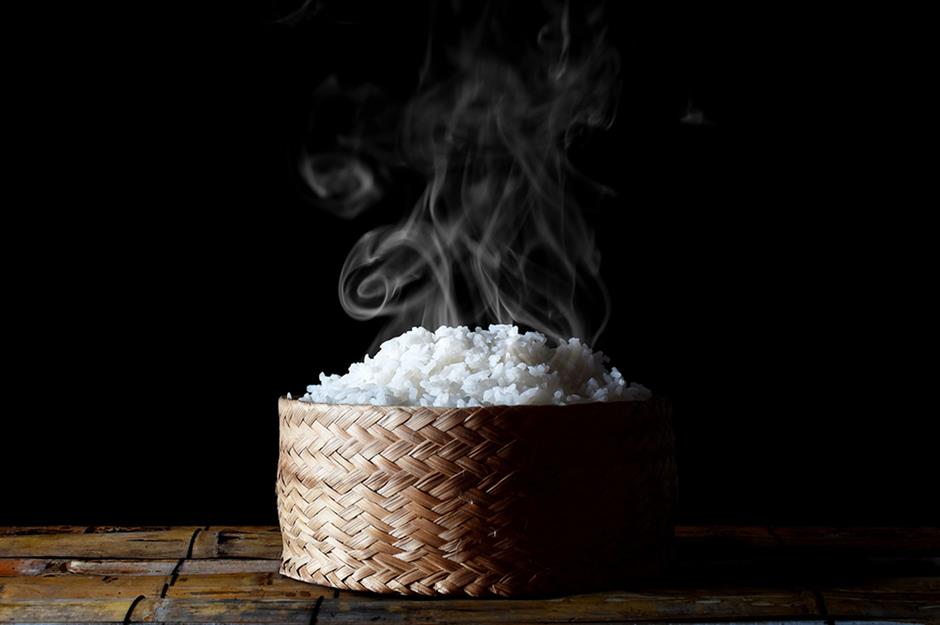
Teerapong Teerapong/Shutterstock
Reheated rice has a bad reputation but doesn't necessarily cause nutrient poisoning – too oft illness is caused by poor practices when storing leftovers, rather than the recooking itself. If it'southward left at room temperature for as well long, bacteria tin can thrive. In England the NHS has clear guidelines on the catchy business of reheating rice safely, recommending y'all cool whatever leftover cooked rice for nether ane hour before keeping it in the fridge for no more than than one day. Cook until steaming hot all the fashion through and never reheat rice more once. Detect everything y'all need to know about cooking rice.
How to reheat rice
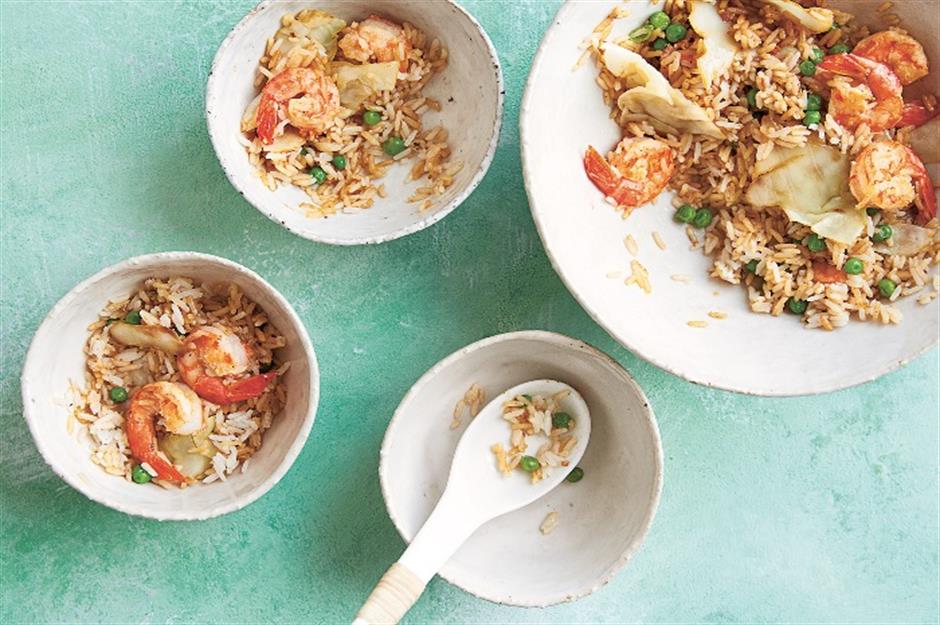
Exist the first to annotate
Practise you want to comment on this article? You need to be signed in for this feature
Source: https://www.lovefood.com/gallerylist/80294/essential-things-to-know-about-reheating-food
0 Response to "Can Beef Be Wamred Up and Then Chilled Again"
Post a Comment